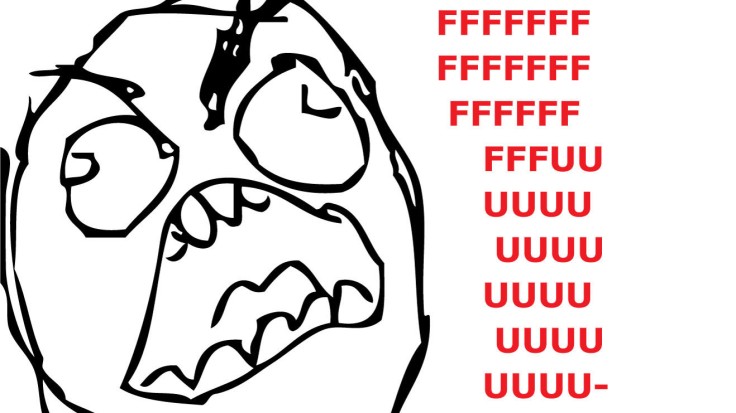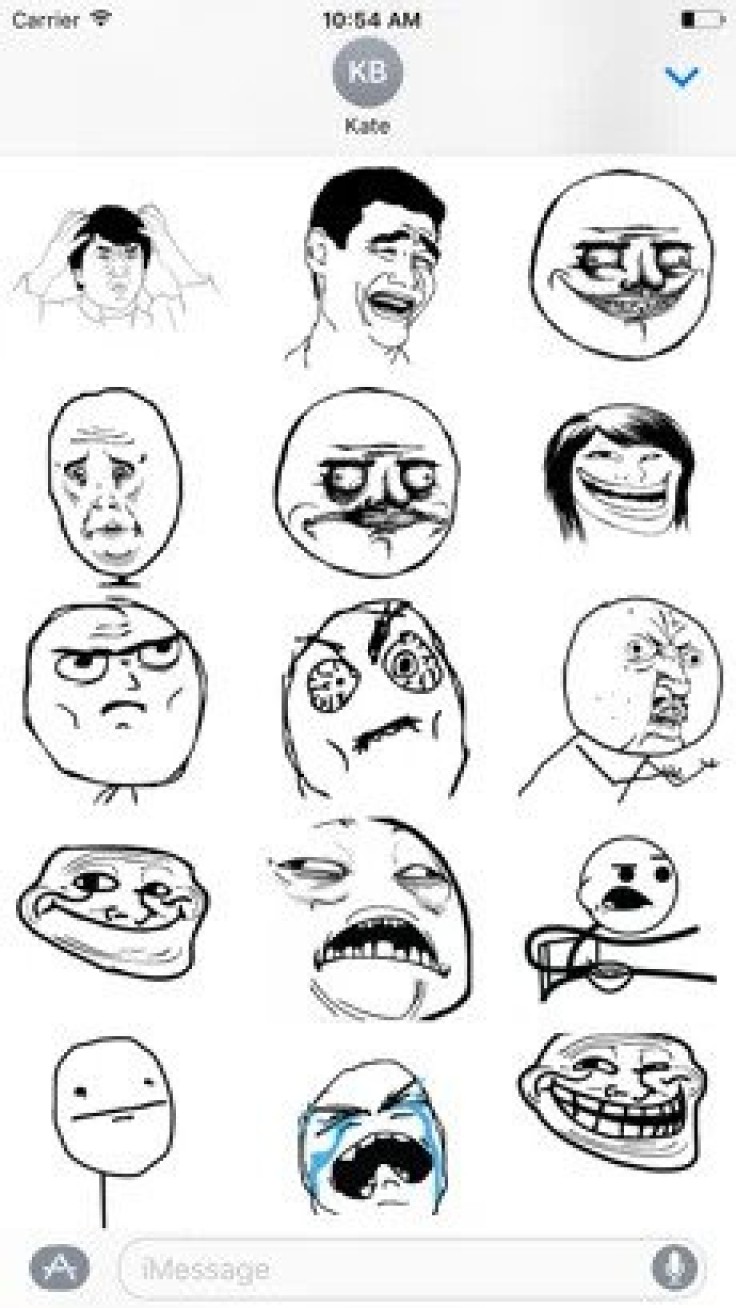Internet memes weren't always made using GIFs and funny videos. In fact, those came in much later into modern-day meme culture due to technological restraints. As with all things, there is always a starting point. For memes, that starting point is rage comics.
People surfing the net in the late 2000s would remember browsing through 4Chan, 9Gag, and Ragestache and seeing these rage comics popping up everywhere.
How did they get so popular, and where are they now?
Rage Comics - History, Spread, and Popularity

According to Know Your Meme, Rage comics are a series of webcomics that feature characters or "rage faces" that are often created with simple drawing software like MS Paint. These comics usually tell stories about real-life only to have a comedic twist in the end as its punchline. The rage faces became so popular that people created websites to create such comics.
The first rage comic dates back to 2008 when a 4Chan user posted on the /b/ board with the introduction of FFFUUU Rageguy 4-panes. The comics based on the rage guy usually depict him in a situation wherein he has no other choice but to release and express his rage with a FFFUUUUUUU.
The format would soon leave 4Chan's /b/ board and spread over the internet thanks to a Reddit forum under the r/FFFFFFFUUUUUUUUUUUU subreddit (or f7u17). This subreddit allowed users to submit their own rage comics, which gave way to the addition of new rage faces such as the "F*ck Yea" and the "everything went better than expected" characters.
Rage faces would soon be posted on other websites such as 9Gag, and those that are dedicated to such comics, such as Ragestache. For some people, these two websites became their entry ticket to the world of memes in the early 2010s.

At this point, the rage comics cast has expanded to more than just three. It now has the "Y U NO" guy, the forever alone dude, "Like a Boss" man, Me Gusta, Derpina, the LOLs character, Freddie Mercury Rage Pose, Yao Ming face, or the "B*tch please" face, and most importantly, the troll face, among others. Certain websites, which are called "rage makers," also became popular on the internet as they let people create their own rage comics using the various rage faces and characters known to man. These websites include the Memebase Ragebuilder and Dan Awesome's Ragemaker, per Ars Technica.
The rage faces were even featured in a YouTube video on February 25, 2012, thanks to the efforts of YouTuber PistolShrimps and his video titled "Rage Comics - In Real Life."
These comics became popular because of their relatability and its ability to generate a positive response from the audience through their punchlines, which further added to their virality according to Liz Lawson, Adonis Jones, Colt Franklin, Greg Pace, Huiyun Wu, Jake Block, Jack Karlov, Paul Paskevicius' study titled "Memes in Media, Culture, and Society."
Decline and Obscurity
The Daily Dot reported that the beginning of the end for rage comics came when meme-sharing websites like 9Gag and Reddit began to integrate animated GIFs into their websites, allowing people to post more than just rage comics and express themselves through GIFs better.
Additionally, rage comic makers may have contributed to the comics' decline through oversaturating the internet with them. They even made it to real life at one point, with them being featured on t-shirts.
Simply put, the advent of technological advancements that unshackled people from creating rage comics and the internet's possible oversaturation of rage comics may have contributed to its eventual death and obscurity. Nowadays, you're hard pressed to find a rage comic in the sea of GIFs, funny videos, and other meme formats. However, there are still rage comic creators that are still fighting the good fight and are creating rage comics to this day, per Polygon.
Regardless of its life, rage comics helped prove how interconnected the world has become thanks to the internet, where we can share ideas, thoughts, and emotions thanks to rage comics.









